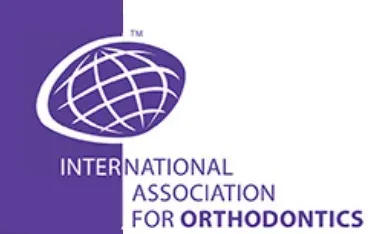July’s Tip

Peripherals in Straight Wire System Back to Basics Part VI Rotation Wedges
By Dr. Adrian J. Palencar, MUDr, MAGD, IBO, FADI, FPFA, FICD
July 2022
Rotation Wedges were very popular in ‘80s and early ‘90s, when the author began his orthodontic journey. At one of the Level I courses, I posed the following question to my mentor, Dr. Rondeau: “Why are we not teaching Rotation Wedges to our students?”. His response was, “They are not necessary; our new super-elastic arch wires (NiTi Thermal, CuNiTi) will take a care of the rotations.”
This may be true in most cases. However, in some adult male patients with a dense bone, Rotation Wedges may be in order, to speed up the movement and help close the contacts. If the rotation is too severe (i.e. close to 90 degrees) the author recommends applying principle of the Moment of the Couple.
Rotation Wedges are manufactured in three forms: Rotation wedge – urethane (pillow), Tie-on urethane rotation wedge or Steiner rotating spring wedge.
Rotation Wedge – urethane
This is the most common Rotation Wedge; it is fabricated for twin (Siamese) or single wing brackets. It is placed over the tie wing on the side of the tooth one would like to “push in,” it works like a little pillow.
Tie-on urethane Rotation Wedge
This Rotation Wedge is a combination of the urethane pad and a .010 ligature tie. It is very effective as the orthodontic clinician can tie it in firmly.
Steiner Rotating Spring Wedge
This is the most aggressive version of Rotating Wedge fabricated fully in metal and a .010 ligature tie. The author has never used this version.



References:
- Cerum Ortho Organizers catalogue.; 173
- IAO Monthly Tip May 2020
